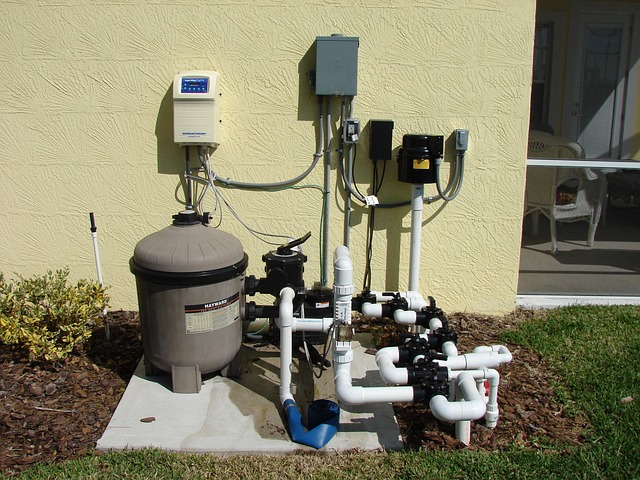Tube Heating System
Tube heating systems use advanced solar thermal technology to capture and store heat efficiently, helping homes reduce reliance on traditional energy sources. By using evacuated tube collectors, these systems can provide consistent hot water and space heating while minimizing environmental impact. Many homeowners are exploring solar hot water solutions as part of their renewable energy plans, combining cost-effectiveness with eco-friendly benefits. This guide explains how solar thermal tube systems work, their installation process, and tips for maintaining long-term performance.

Understanding Solar Thermal Tube Technology
Solar thermal tube systems consist of vacuum-sealed glass tubes that capture and convert solar radiation into usable heat energy. Each tube contains an absorber plate with a special coating that maximizes solar energy collection. The vacuum between the two layers of glass acts as an excellent insulator, preventing heat loss and enabling the system to function effectively even in cooler temperatures.
Benefits of Solar Hot Water Solutions
The implementation of solar hot water solutions provides multiple advantages for property owners. These systems can reduce energy bills by up to 70% annually, depending on local climate conditions and system design. They operate silently, require minimal maintenance, and can integrate seamlessly with existing water heating systems. Additionally, they contribute significantly to reducing carbon footprints by decreasing reliance on conventional energy sources.
Installation and System Components
A typical solar thermal tube system includes several key components:
-
Evacuated tubes for solar collection
-
Heat transfer fluid circulation system
-
Storage tank with heat exchanger
-
Controller and monitoring equipment
-
Backup heating system for cloudy days
Professional installation ensures optimal performance and longevity of the system, with proper orientation and positioning being crucial factors for maximum efficiency.
System Efficiency and Performance
Modern solar thermal tube systems can achieve remarkable efficiency rates, converting up to 70% of solar radiation into usable heat energy. This high performance is maintained across various weather conditions, though output naturally varies with seasonal changes and local climate patterns.
Maintenance Requirements
Regular maintenance of solar thermal tube systems is relatively straightforward:
-
Annual inspection of tube integrity
-
Checking heat transfer fluid levels
-
Monitoring system pressure
-
Cleaning tube surfaces as needed
-
Verifying controller settings
Cost Considerations and System Options
| System Type | Capacity | Estimated Cost Range |
|---|---|---|
| Small Residential | 20-30 tubes | $3,000 - $5,000 |
| Medium Residential | 30-40 tubes | $5,000 - $7,500 |
| Large Residential | 40-60 tubes | $7,500 - $10,000 |
| Commercial | 60+ tubes | $10,000+ |
Prices, rates, or cost estimates mentioned in this article are based on the latest available information but may change over time. Independent research is advised before making financial decisions.
The investment in renewable energy heating through solar thermal systems typically pays for itself within 5-10 years through reduced energy costs. Various factors influence the total installation cost, including system size, complexity of installation, and local labor rates.
Integration with Existing Systems
Solar thermal tube systems can be integrated with most existing heating systems, including:
-
Traditional water heaters
-
Radiant floor heating
-
Swimming pool heating
-
Space heating systems
-
Industrial process heating
This versatility makes them an attractive option for both retrofitting existing buildings and new construction projects.
Modern solar thermal technology represents a significant advancement in renewable energy heating, offering property owners a sustainable and efficient solution for their heating needs. While the initial investment may be substantial, the long-term benefits in terms of energy savings and environmental impact make these systems an increasingly popular choice for environmentally conscious consumers and businesses alike.




